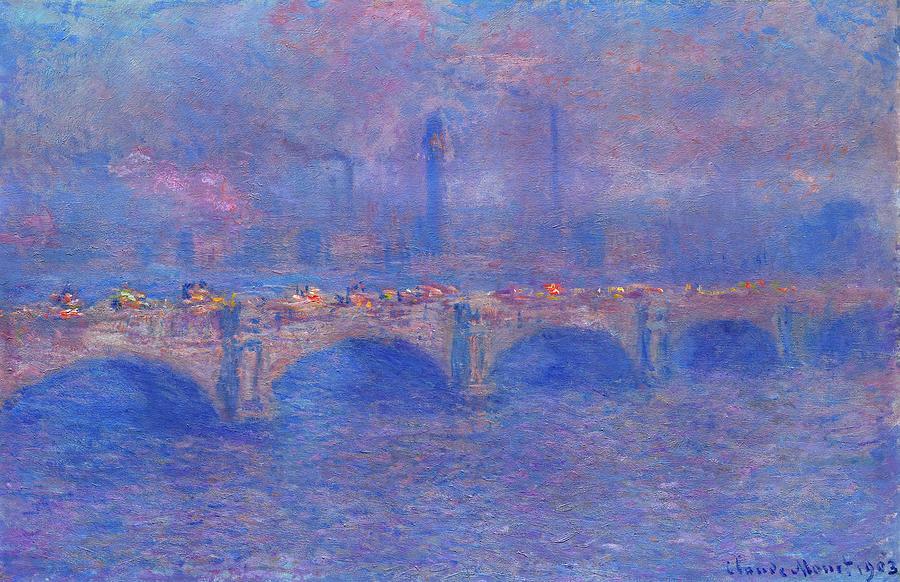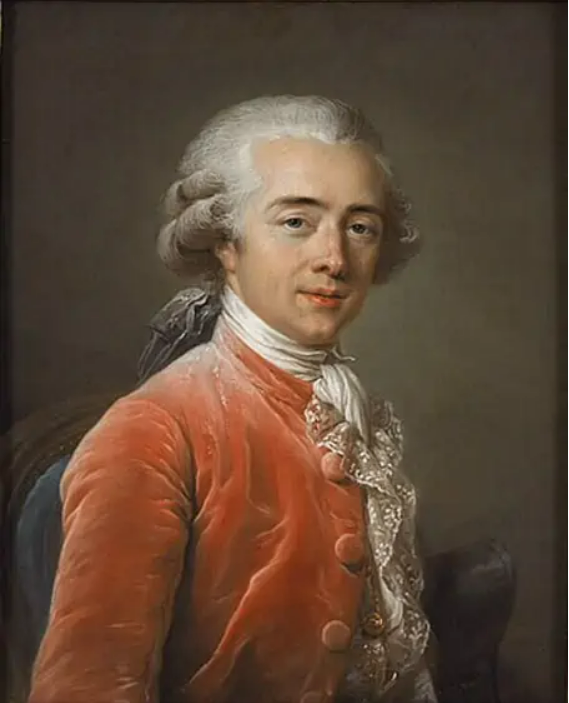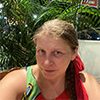While I was writing the Claude Monet article on his obsession with Water Lilies (which you can find here) I discovered that he used watercolors, pastels and oil paints.
I am already well familiar with both watercolors and oils but what the heck are pastels?
Immediately the elementary school image of clumsy little wax pencils came to mind.

Was this what Monet used to create his MASTERPIECES???
I had to know more… so I dug into it a bit and here is what I found out: NO.
There are many different types of pastel pencils.
Pastels are a different type of medium as they are halfway between paints and pencils. They are essentially a very thick stick made mostly out of pigment and some binder that will allow the pigment to keep its shape and make it possible to handle it like a pencil and draw with it.
Pastels come in many different kinds: Soft, pan, hard, pencils, oils, and water-soluble pastels.
Originating in Italy in the 1500’s chalk pastels were used by Leonardo da Vinci and Michelangelo.
Initially, the colors were limited to white, black and red. Nowadays we have hundreds of manufacturers and over 1600 different colors.
Just look what amazing paintings have been produced with pastels:

Claude Monet, Waterloo Bridge
Francis Cotes, Portrait of Lady Hoare

Portrait of François-André Vincent by Adélaïde Labille-Guiard
Like watercolor paints, pastels need a specific paper to really show their true colors (pun intended).
Pastel paper will have the right amount of tooth for the pastel to latch on to. It will also have enough give for you to safely blend without damaging the paper. While it might be tempting to use watercolor paper or drawing paper when using pastels... don't. It will never do them justice.
You can only learn how your pastels really look on their preferred surface.
And remember that with non-oil pastels, you must blend directly on the surface.
To learn what pastels are, let's take a look at all the different types.
Soft Pastels
The most popular type of pastel, and the most traditional. Soft pastels are made from pigment, chalk or clay, and some kind of binder.
Remember that the addition of chalk will make them crumble when used. This makes blending easy, but it can be rather dusty or messy at times.
Pan Pastels
A hybrid between watercolors and soft pastels.
The colors are moulded into a pan, and it must be used with brushes or other tools. They are basically very pigment heavy watercolors.
The key difference is watercolors are inherently transparent and pastels are inherently opaque.
Hard Pastels
Like a stick of compressed charcoal, this type of pastel is great for outlines and detailed work.
These, like soft pastel, are made from pigment, chalk, and gum Arabic. These simply have a higher ratio of binder producing a much stiffer pencil crayon (not as crumbly as soft pastels).
Pastel Pencils
A single stick of pastel encased in wood: the ultimate tool for detail work.
These pencils are portable and durable (protected by its wood casing). They are not too hard so you can blend the pigments as needed.
Oil Pastels
A completely different pastel. These will not blend or behave as any of the above crayons.
Instead of relying on pigment, chalk, and gum Arabic to form the stick, oil pastels contain a lot of grease (wax, oil, etc.).
Oil pastels won’t blend easily.
Oil pastels are best suited for expression or larger-scale pieces. Trying to complete fine details with an oil pastel can lead to frustration. If you are good with managing oil paints, you can do some blending magic with these crayons and the mineral spirits we use for oil paintings.
Water Soluble Pastels
I love these ones! They are basically watercolor paints in pencil crayon form.
Rather than being encased in wood like a watercolor pencil, water-soluble pastels look nearly identical to crayons. They are sticks of pigment bound with polyethylene glycol that can dissolve in water. You can also use a paintbrush with these ones like with the pan pastels, just gather the paint from the crayon with your fine brush to finish the fine details.
These have a dual use since you can use them as crayons OR use a bit of water for some blending magic.
-------------------------------
Wow, that was a lot of info on pencil crayons we discovered today! Maybe you can impress your painter friends at the next paint night with your newfound knowledge? Or just start some Monet style pastel experiments!




